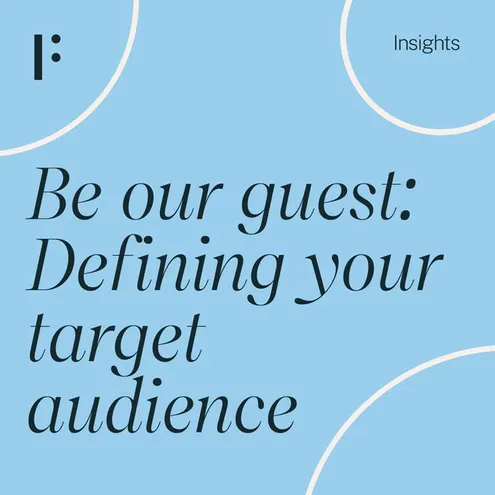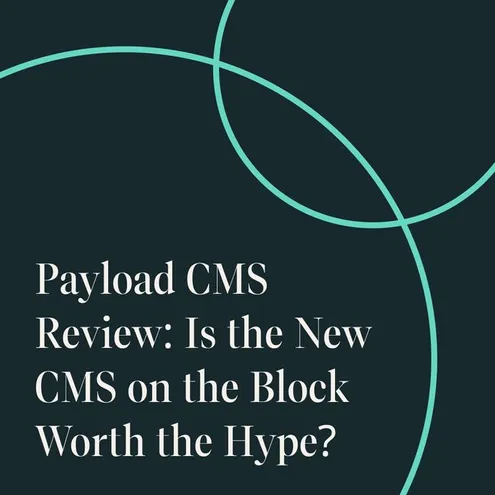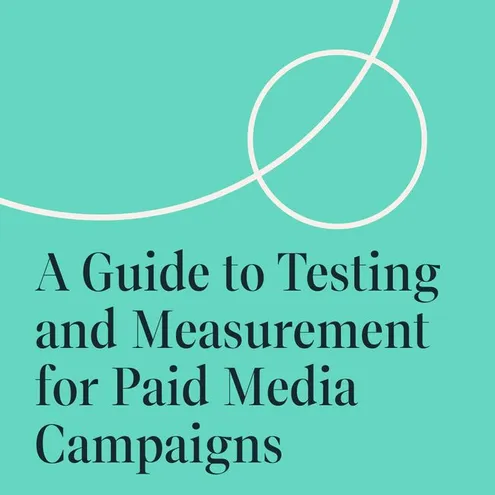17/05/23

When investing into paid media campaigns, many clients wonder - are paid ads worth it? For smaller businesses and start-ups social media marketing might feel like throwing a lot of money into a void because there is no visible result. How can you tell that a new impression, follower, website visit, or even purchase was inspired by your paid campaign?
Experienced marketing managers and agencies are expected to know how to measure the success of an advertising campaign. Frequent testing and data analytics allow businesses to adjust their campaigns as needed and meet their marketing goals. Consider the following campaign effectiveness metrics and ways of obtaining them to improve your client’s return on investment.
ROI, ROMI, and ROAS
How do you measure the success of a paid ad? Many brands, businesses, and influencers want to know the answer to that question. Calculations like ROI, ROMI, and ROAS play a big role in determining which parts of your media marketing work, and which do not.

ROI
The value that’s at the base of these calculations is the ROI, or return on investment. You can calculate the return on any investment, as long as you have access to real numbers. To calculate the ROI, you need the amount of money made as a result of the campaign and the amount spent on running the campaign. Follow this simple equation:
(Money made from campaign - Money spent on marketing) / Money spent on marketing = ROI
Multiply the resulting ROI by 100 to get a percentage value. Naturally, a negative value will mean negative return on investment. If that’s the case - rethink your marketing strategy.
Pros of using ROI:
- Simple and straightforward.
- Offers a look at the bigger picture.
Cons of using ROI:
- You can’t always attribute 100% of sale increases to a new campaign, which may result in inaccuracies and an overestimated value of the campaign.
- You won’t benefit from knowing your ROI if your key performance indicators are not financial.
- ROI shows you how well the business or investment is doing, not taking any particular marketing efforts into account.
ROMI
ROMI stands for return on marketing investment and provides a more concrete number for marketing analysis. This tool will tell you how to measure a paid media campaign. Follow this formula to calculate your ROMI:
[(Sales generated by marketing campaign - Cost of goods sold - Money spent on marketing campaign) / Money spent on marketing campaign] x 100 = ROMI
The resulting number can be interpreted as a percentage return on the marketing investment. Divide it by 100 and you will see the dollar amount of income generated by every dollar spent on the marketing campaign.
Pros of ROMI:
- Provides a great insight into the tangible benefits of a specific marketing campaign.
Cons of ROMI:
- Doesn’t take into account intangible benefits, like clicks, website visits, increase in brand visibility, and other.
ROAS
ROAS stands for return on advertising spent. In essence, it’s the same formula as for ROMI, but it doesn’t account for the cost of goods sold. Follow this formula to calculate your ROAS:
Revenue / Cost of ads = ROAS
The resulting number will tell you how much money is earned per every dollar spent on the advertising campaign. If the number is 1 - no money is being made or lost. If it’s below 1 - we’re talking about a loss and you should rethink the strategy. If it’s above 1 - the strategy employed is effective and generating money.
Pros of ROAS:
- Provides some insight into intangible metrics like clicks and impressions, unlike other formulas.
Cons of ROAS:
- Doesn’t take organic conversions into account.
Geo Testing

With the introduction of advanced marketing tools, targeting specific geographic locations has become easier than ever. When you set up a paid social media campaign, you get to choose your target audience down to the smallest detail, including their geo location. If you work with geo tags and locations a lot, you may find geo testing beneficial.
Let’s say the products you’re advertising are available in two cities. One way of measuring the success of a paid ad would be to launch a new campaign targeting one of these two cities. This won’t be a cheap test; it has to be a high-quality campaign. After the campaign has run, you will have access to numbers specifying the amount of customers, website visitors, and other KPIs affecting your business. If the business in the city targeted by the campaign has risen, you can confidently say that investing in paid ads is worth it for that region.
Another way to conduct geo testing in two regions is by increasing the amount of money spent on ads in one area and decreasing that amount in the other. That’s a sure way to measure the success of paid ads. Such a test can be helpful in determining the region most of your advertising budget should go towards.
A/B Testing
A/B testing is a popular practice used in different fields of business. The way it works is very simple: you put out two ads that are exactly the same, except for one element. It is the success of that element that you’re going to measure. For instance, you can share the same ad on Instagram and Facebook, and see which platform offers a better ROI. Alternatively, you can put two ads into circulation, but featuring different slogans, colorways, or images. At the end of the test round, you will see which ad did better and will be able to decide to which slogan, colorway, or image you can attribute that success.
A/B testing is perfect for measuring the success of social media campaigns. Many major platforms offer A/B split testing. TikTok, Facebook, Instagram, and Snapchat all have that option. On a more global scale, you can create an A/B test for your landing page using Google Ads.
In order to measure ad campaign effectiveness through A/B testing, you need to follow some simple rules:
Pick just one element of the ad that you’re going to test. It is possible to put out two completely different ads and see which one does better. By the end of it, you’ll know which of the two to use for this campaign, but you won’t have any useful data for your next campaign. Remember that you can conduct multiple tests: one for the slogan, one for the image, and one for the colorway.
Make sure you’re not showing both versions of the ad to the same person. If they see both and click on one, it is no longer clear which element of the ad piqued their interest.
Set a goal for your campaign. Working with a goal allows you to focus your attention on the right KPIs. For example, do you want your ad to take people to your website or encourage them to buy a specific product? Check how many people the ad with the highest number of impressions actually redirected to your website.
Collect enough data to objectively inform your decision making. Your data set needs to be big enough to provide reliable insights. If you collected a total of 1,000 impressions from each testing group, that’s not enough data to draw any insight from.
Summary
Now that you have a pretty good idea on how to measure paid social media, you can use this knowledge to help your clients get their money’s worth. Here are some key points to remember next time you want to test the effectiveness of a paid campaign:
Set an objective for your test and make sure that it’s a measurement you can effectively track.
Consider other variables that may affect the result of your test.
Use ROI, ROMI, and ROAS for measuring financial indicators, but don’t rely on them to show intangible benefits like clicks and impressions.
Use geo testing to determine the effectiveness of social media ads for a certain geo market.
Use A/B testing to determine which elements are more effective in reaching your campaign’s goals.









